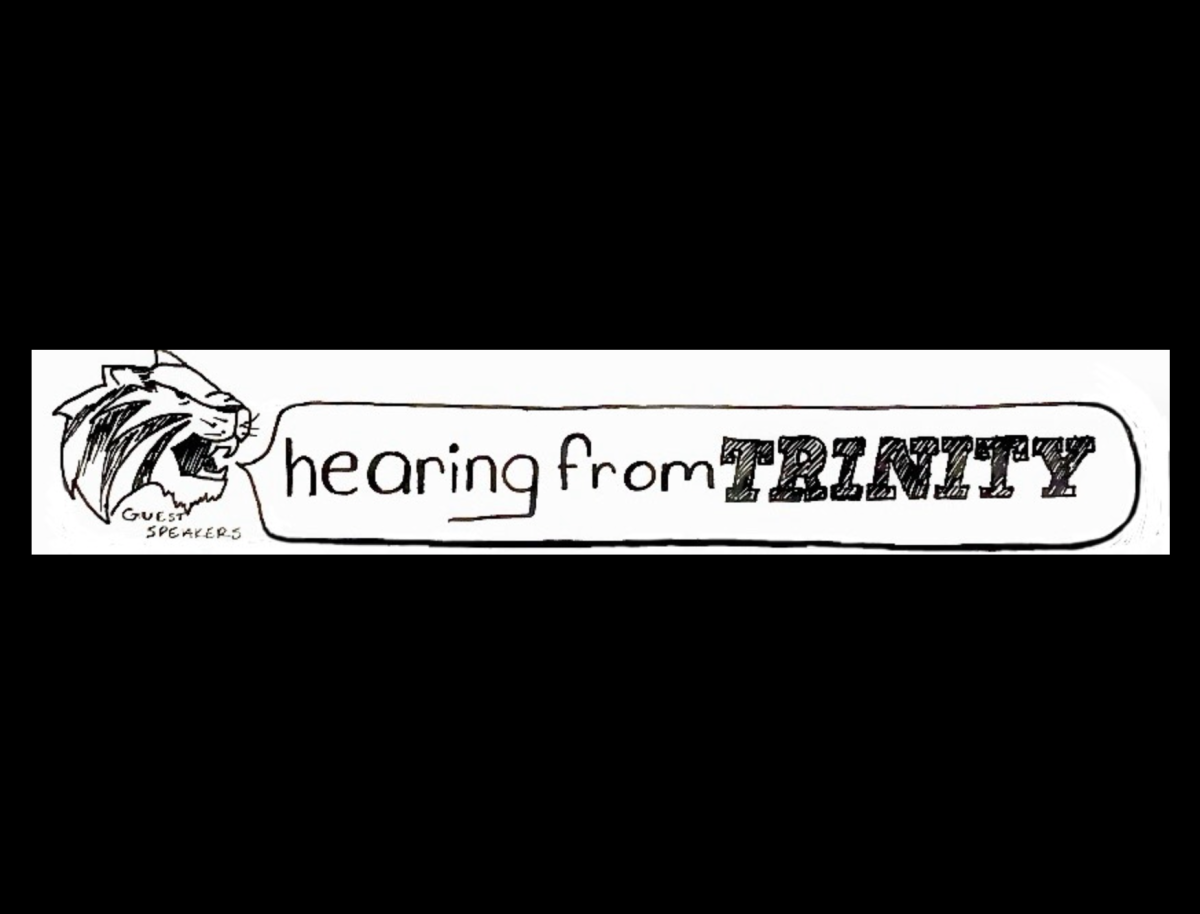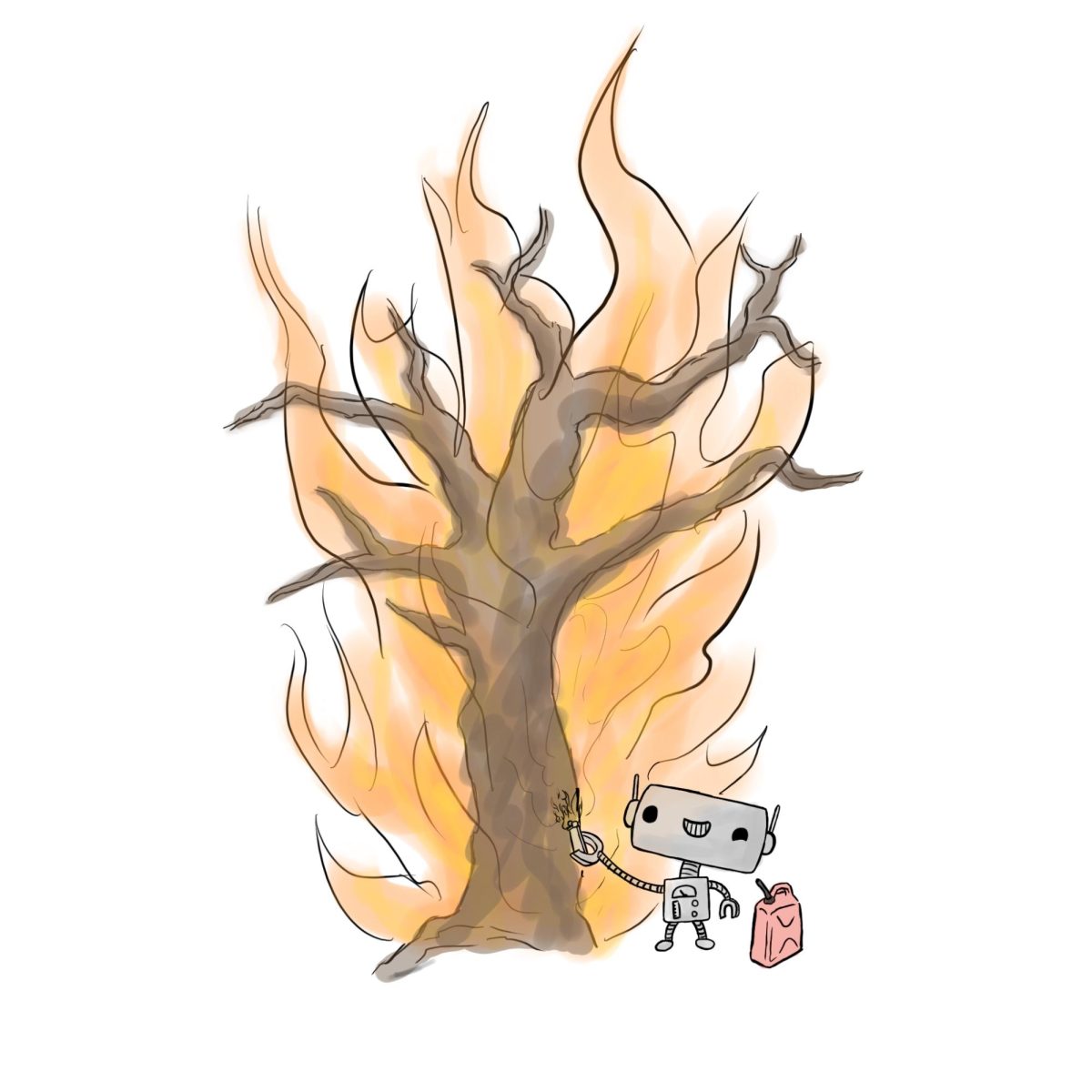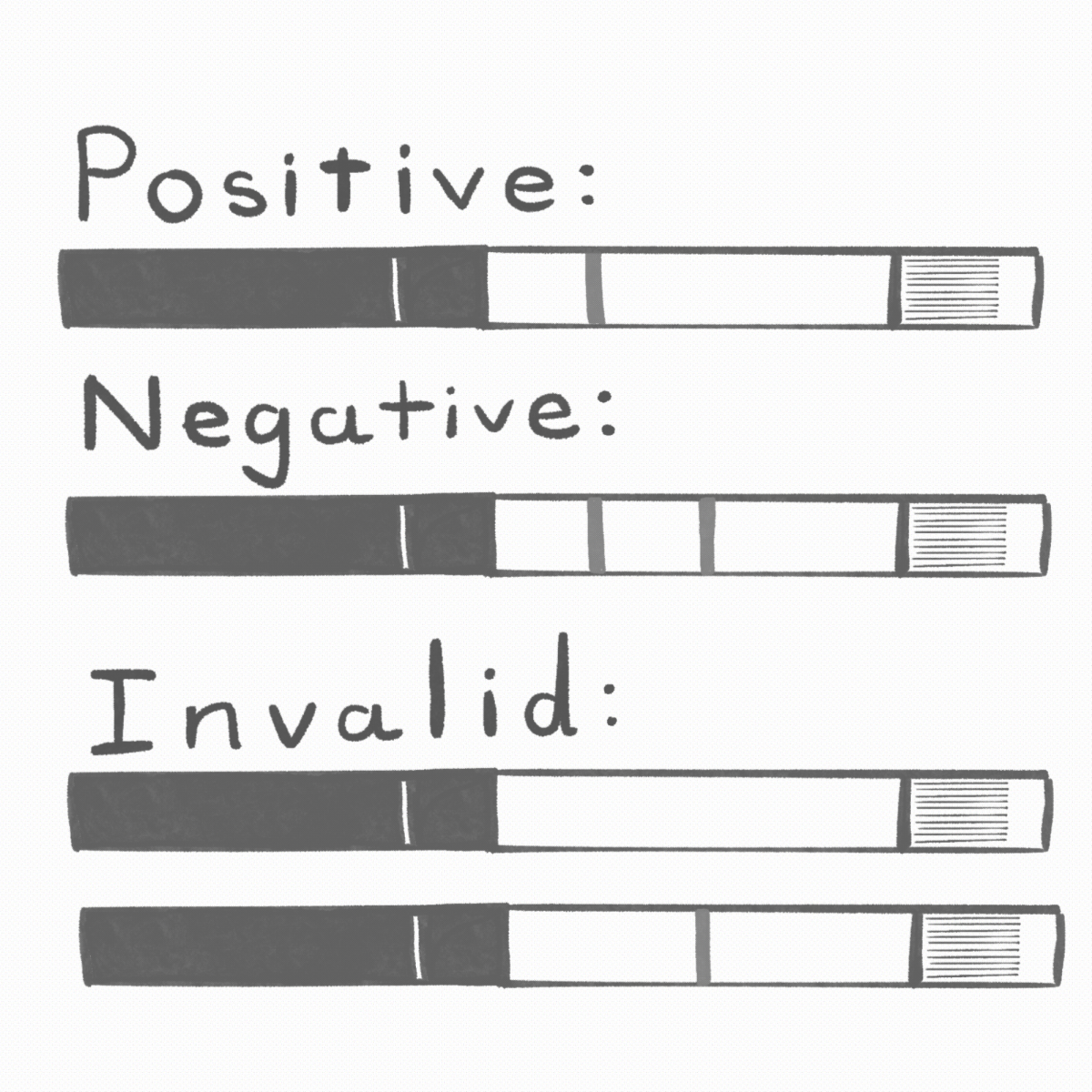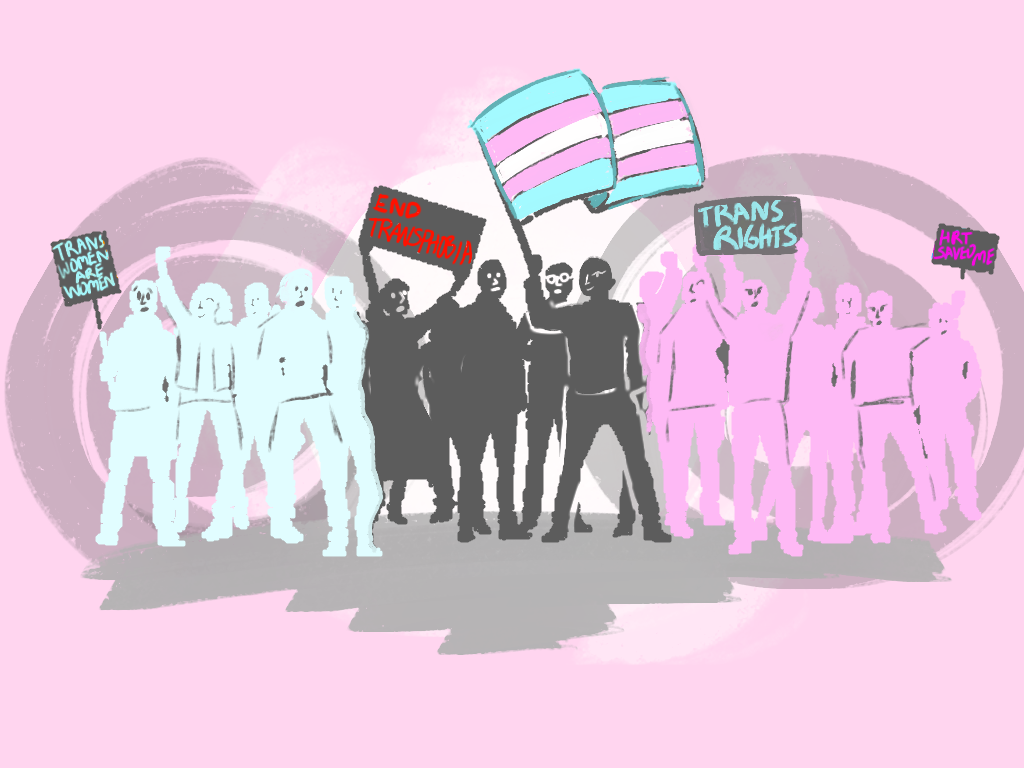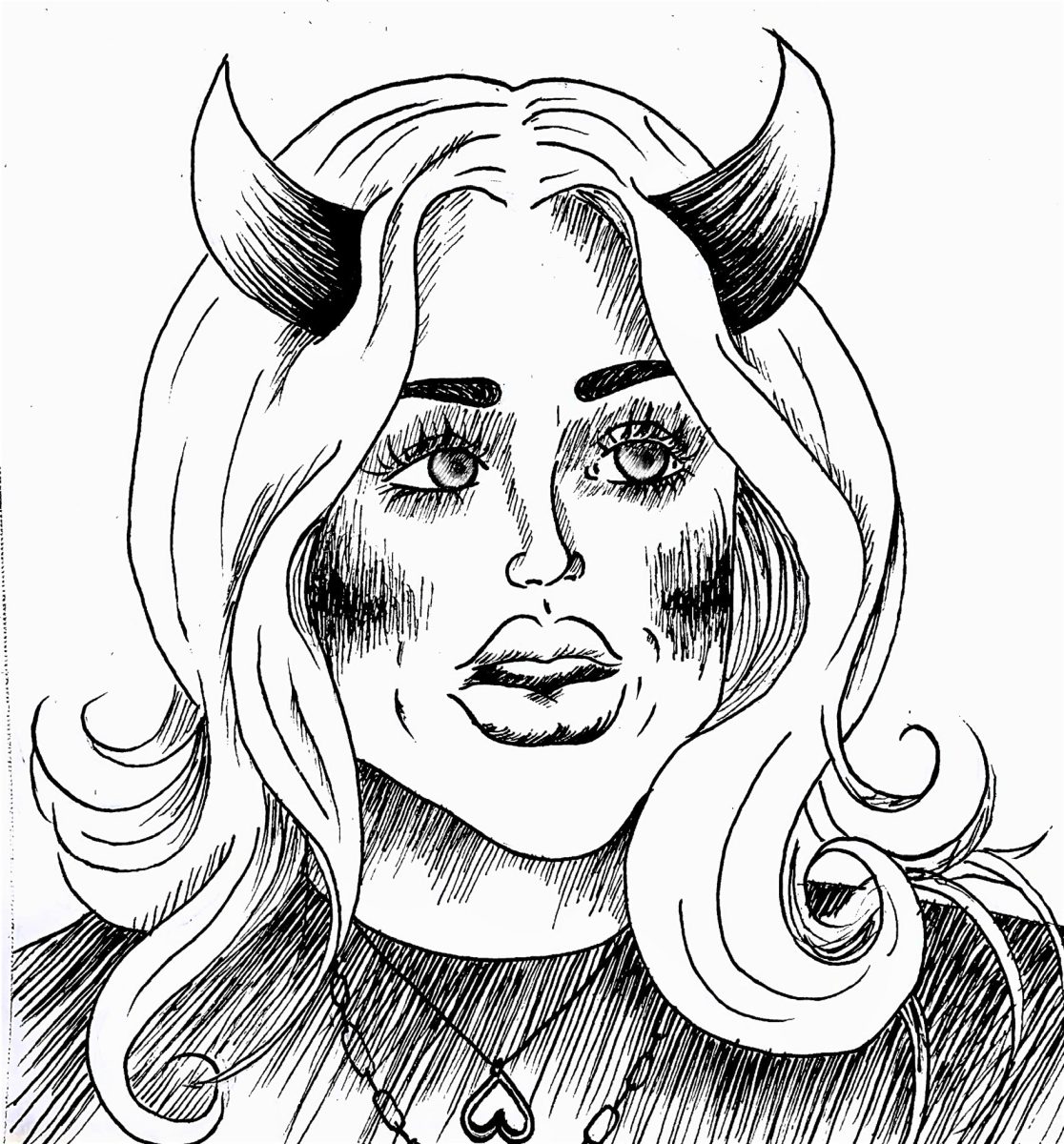As my last year at Trinity is now fully underway, I’ve been spending more time pondering this institution, what it means to me and how unique it is. I’ve come to the conclusion that Trinity is a hidden gem, much like many of the students that attend it. Very few know how truly amazing the Trinity experience can be and have witnessed the kind of well-rounded, extraordinary and one-of-a-kind individual it can produce.
One of the interesting and pride-worthy, yet largely unknown, elements of Trinity is its rich history. There’s a book written by Douglas Brackenridge, a former professor at Trinity, that all students should pick up and read at some point in their Trinity career. “A Tale of Three Cities” shines light upon the long history of Trinity University.
Although there are a lot of interesting twists and turns spearheaded by several inspiring characters, there are also some crazy antics of the past that will inspire you in a different way. If you turn to the chapter titled “Students of the Seventies,” you’ll see what I mean. The “˜70s were quite a time for the Trinity community, to say the least. To quote Erin Baker, an editor for the Trinitonian in 1987, “In the “˜50s it was “˜cool’ to actively participate in campus organizations”¦ during the 1960s students attitudes moved to a rebellious anti-establishment, non-conforming tone “¦ with the “˜70s apathy hit campus life like a tidal wave.” This apathy, although generally not the best position to take on campus activities, created some hilarious stories. Among residence hall panty raids and Mabee food fights, Trinity students of this decade seemed to be on their worst and most rebellious behavior. That can’t necessarily be said of the students of today. I’d peg this generation of Trinity students as a peculiar mixture of apathy and pride. There is an undeniably low attendance rate at campus events, especially athletic events, but students take seriously more fun-centered organizations, such as Greek life and social gatherings. Some of these type traditions that we still have today.
If you think that the punched-in ceiling tiles and vomit-ridden elevators of Thomas were a recent development, you may be surprised to learn that it’s been a long standing tradition. “At one party in the Thomas residence hall, attended by an estimated 200 people and fueled by six kegs of beer, students damaged acoustical ceiling tile, vomited in the elevators and hallways and showered security personnel with beer when they attempted to restore order.”
What, you may ask, is inspiring about puke in Thomas? Brackenridge points out that there was more to it than the chaos. “Despite such episodes, Trinity students of the 1970s were a diverse group of individuals. Incidents of horseplay, vandalism and apathy were balanced by academic accomplishments, social concerns and ethical conduct. In many respects, theirs was a pioneering generation that inherited an untested “˜Joint Statement of Rights and Freedoms of Students’ and spent the decade attempting to actualize it. By insisting on the right to “˜do their own thing,’ they paved the way to subsequent student generations to enjoy personal freedoms and the right of due process in matters of discipline.”
Other traditions explored in this chapter have died out for various reason. Before Bombay Bicycle Club, there was a hangout called the Crystal Pistol where students went to drink, play pool, and hang out. During this decade, the the switch was made to “Bays,” as it’s fondly called, when the Crystal Pistol started attracting a weird audience.
Other wholesome yet party-based traditions included a happy hour put on by a fraternity that no longer exists, Theta Tau Epsilon, that took place at the pavilions in Olmos Park Basin. This Friday afternoon hang-out enabled students to drink as much beer as they wanted for just $1.50 for men and $1.00 for women. Another group, the “Woodsies”, held occasional outdoor parties along the Guadalupe River or Canyon Lake which predictably featured kegs and swimming. Off-campus groups sponsored events like an annual toga party in the theme of the movie “Animal House” which took place in Coates University Center, and rock bands that played in Laurie. These events were eventually stopped due to the drug usage and excessive alcohol consumption that they encouraged on campus.
Somewhat surprisingly, sorority and fraternity involvement declined during this decade. Other, more alternative, social groups sprang up, such as the Phi Zappa Krappas, named in honor of rock musician Frank Zappa, whose motto was “to conquer alienation through liquor” and the Tappa Kegga Beers, a group of women based on the second floor of Highrise (the previous name for Thomas) whose sole purpose was to buy alcohol for financially struggling students. Tennis was the sport of the decade, and Trinity’s Division I rivalry against Stanford University was one of great interest and entertainment for Trinity students.
At this time, the residence halls converted from having house mothers for the women and retired military personnel advisors for the men, to a team of resident advisors similar to what we have now. The dress code was no longer enforced and students were encouraged to dress in best taste “” bare feet and cut-off shorts emerged as a trend around this time.
There is a lot to be learned from our predecessors, antics aside, which is detailed in this chapter, and I encourage all Trinity students to read it. After all, we do have one really important thing in common with the characters in this book: we’re all Trinity students.


